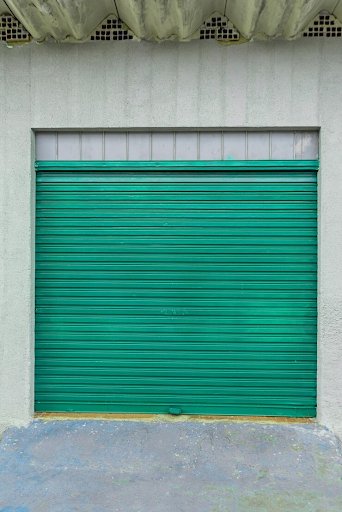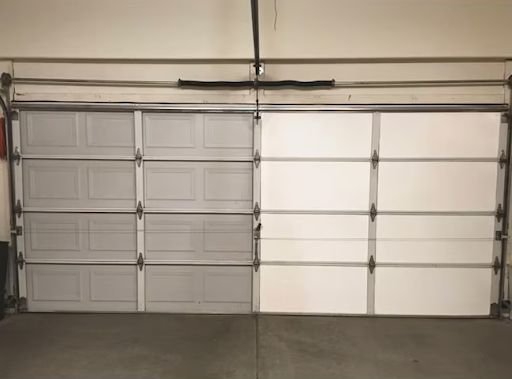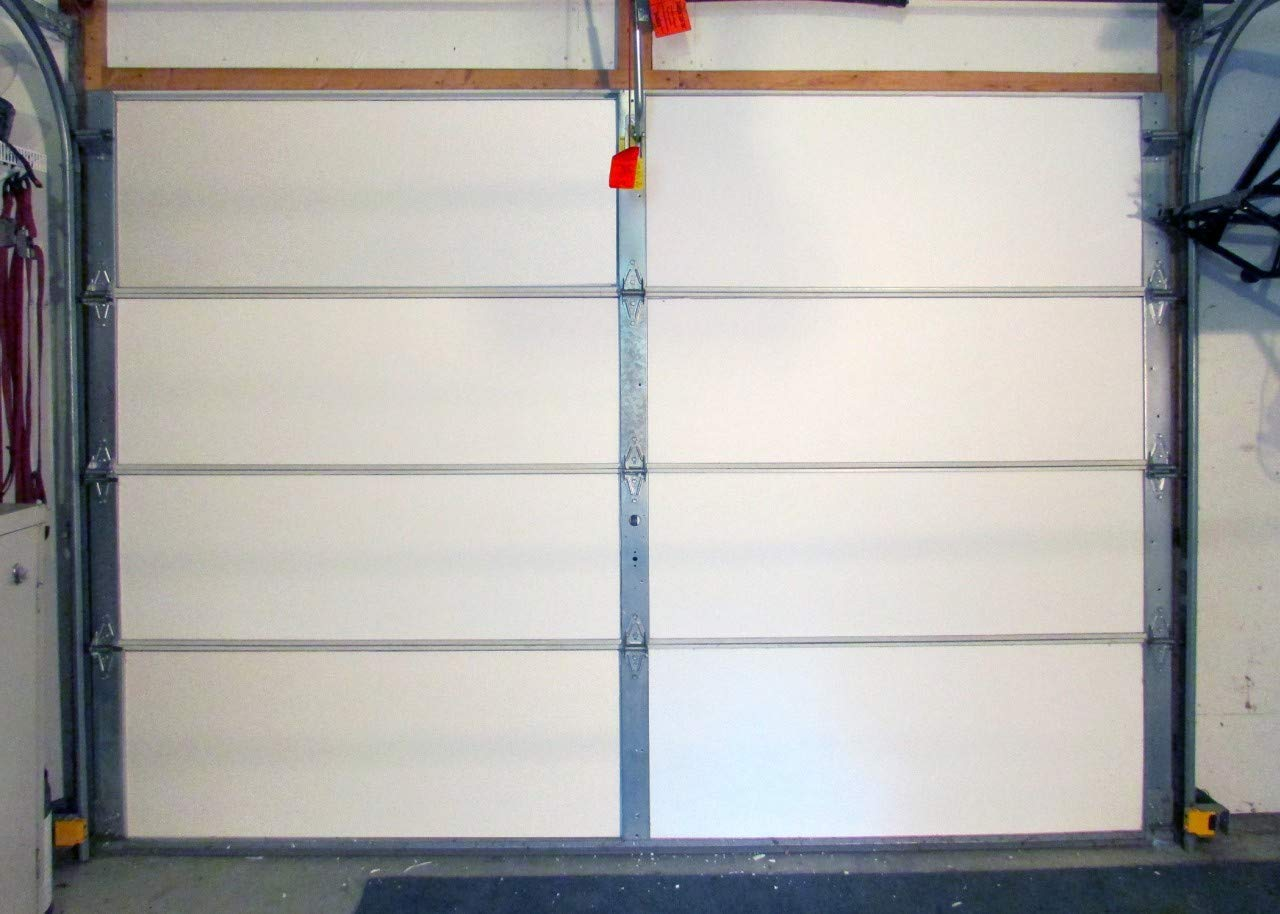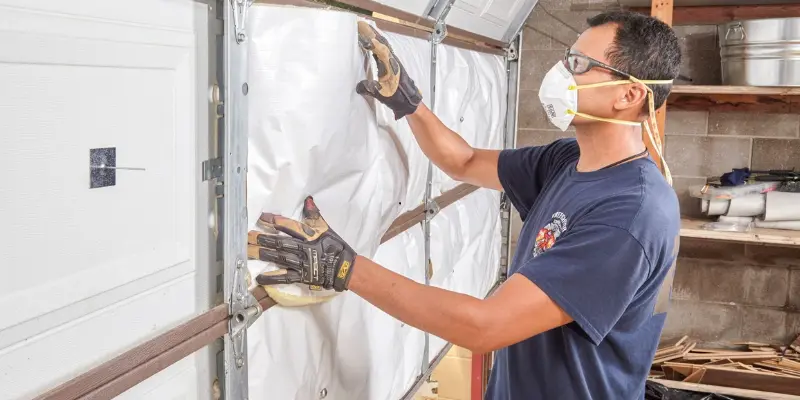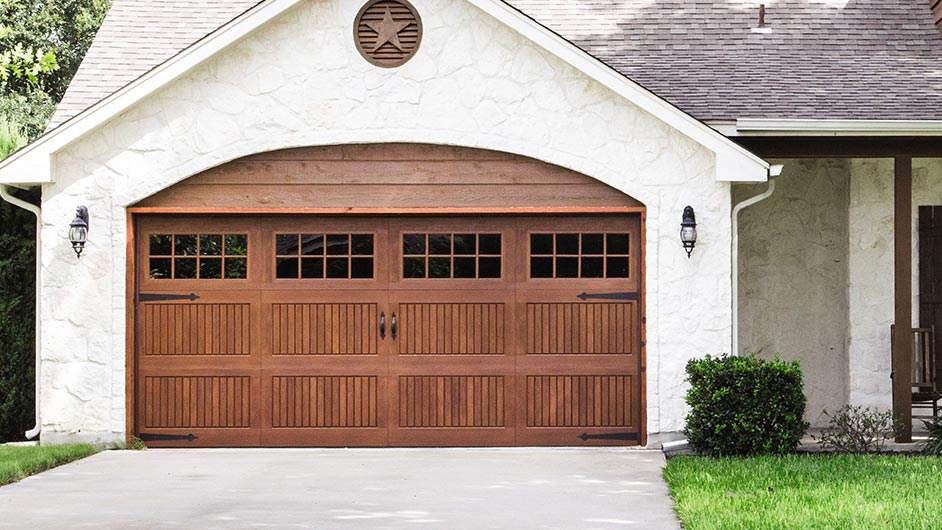Composite Garage Doors
Garage doors play a big role in upgrading the curb appeal and security of your home or business premises. Among the many options available, composite garage doors are a popular choice for those who prefer style but still refuse to compromise durability. But what exactly are these innovative doors?
In this article, we’ll explore composite garage doors’ meaning, unique features, advantages, and potential drawbacks. Whether you’re considering an upgrade or simply curious about your options, read on to discover everything you need to know about this modern solution.
What Are Composite Garage Doors?
Composite garage doors are made using a blend of materials, typically combining wood fibers with synthetic components. This fusion creates a door that mimics the appearance of traditional wood but offers far greater durability and resistance to the elements.
One of the standout features of composite doors is their ability to withstand extreme weather conditions of Whitman, MA. Unlike standard wooden doors, they don’t warp or crack over time due to moisture exposure.

These doors also come in various styles and finishes, and designs for modern homes, meaning that you can choose among many designs that enhance the property’s aesthetic appeal. From modern sleek looks to classic charm, there’s something for everyone.
Additionally, composite garage doors often require less maintenance than their wooden counterparts. A simple wash now and then keeps them looking fresh without the need for regular painting or staining.
Pros of Composite Doors
As you could probably conclude so far, this type of garage door comes with many pros. Some of those include:
- Great looks and functionality;
- Higher durability;
- Less maintenance needs;
- Energy efficiency;
- Lightweight.
Composite garage doors offer an impressive blend of aesthetics and functionality. They mimic the appearance of natural wood while ensuring durability that real wood cannot match.
One significant advantage is their resistance to warping, cracking, and rotting. This means less maintenance over time compared to traditional wooden doors.
These doors are quite energy efficient, which is another highlight. Many composite options come with insulation options, helping keep your garage temperature-controlled throughout the year in Stoughton, MA.
As we’ve already discussed, their versatility in design makes them suitable for various home styles, from modern to rustic. You can easily customize colors and finishes to complement your home’s exterior perfectly.
Additionally, composite garage door materials are often lighter than metal or solid wood alternatives. If you have an automatic door opener installed, this can lead to easier operation and reduced strain on motors.
Cons of Composite Doors
While these so-called faux wood garage doors come with many benefits, they also have some drawbacks that you should consider.
One notable concern is their cost. Composite materials can be more expensive than traditional wood or steel garage doors. This investment might not fit every budget.
Another issue is maintenance requirements. Although they resist rotting and warping better than wood, they still need occasional upkeep to maintain their appearance and functionality.
Additionally, composite doors are not always as impact-resistant as some solid materials like steel. This could be a factor worth considering if your area experiences severe weather or high winds.
Color fading may occur over time due to prolonged exposure to sunlight. While manufacturers often apply protective coatings, these may wear off eventually, and you may need repainting or refinishing efforts down the line.
How to Make the Right Choice?
With everything being said, it’s time to find out how to make the right choice. Composite garage doors have become increasingly popular, but you need to understand their unique characteristics to make an informed decision.
First, consider your climate. If you live in an area with extreme temperatures or humidity like Seekonk, Ma, composite materials can offer better insulation compared to traditional wood or steel doors. They resist warping and rotting, making them a practical choice for fluctuating weather conditions.
Next, think about maintenance. If you’re someone who prefers low upkeep options, composite doors might be ideal due to their durability and resistance to fading. However, if you enjoy the look of real wood garage doors and don’t mind occasional care, then wood could still appeal to you.
Budget also plays a significant role in your selection process. While composite garage doors may have a higher initial cost than some other materials, their longevity often leads to savings over time through reduced repair needs.
Visual appeal should not be overlooked either. Composite doors come in various styles that can enhance your home’s curb appeal while providing features like custom colors or finishes that mimic real wood grain without the downsides of actual wood. Additionally, you can think of decorative hardware options to complete the look.
If you’re still unsure about the choice, contact our garage door experts. We’re here to assist and help you with the selection. Schedule your free consultation today.
 We’re Open & Ready to Serve You!
We’re Open & Ready to Serve You!
Friday, March 28, 2025
Appointments: 8:00 AM – 10:00 PM




